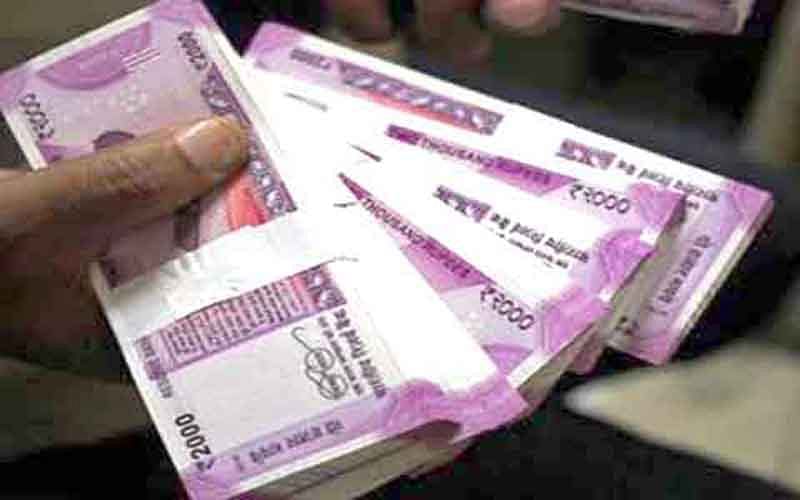Under the controversial Roshni scheme, the then J&K government had targeted to generate a whopping Rs 25000 crore revenue to fund its powers projects, but ended up yielding a measly Rs 77 crore by transfer of ownership of hundreds of kanals of state land.
The Jammu and Kashmir State Lands (vesting of ownership to the occupants) Act was enacted in 2001 with the twin objective of generating resources for financing power projects and conferment of proprietary rights to the occupants of the state land.
The controversial scheme which turned into the biggest scam in the history of Jammu and Kashmir already stands repealed by the government of J&K.
On Friday, a division bench of J&K High Court comprising CJ Gita Mittal and Justice Rajesh Bindal declared the Roshni scheme as unconstitutional and directed that its investigation be transferred to the CBI.
As per the official figures, the government could generate just Rs 77 crore, of which Rs 22 crore were collected from Jammu and Rs 55 crore in Kashmir division, but the land transferred is three times more in Jammu region as compared to Kashmir.
In Jammu, according to January 2018 details, the government transferred 1,58,512 Kanals of land under the scheme and it got Rs 22.63 crore. On an average a kanal of land was given at a throwaway price of Rs 1428.
In Kashmir division, against a revenue of Rs 54.27 crore, 13732 Kanals were given to 11247 people. This makes cost of land as Rs 39,522 per kanal.
Interestingly, Srinagar city fetched the highest revenue under this scheme. A total of Rs 52.17 crore was generated from the transfer of 375 kanals of land, which comes to Rs 14 lakh per kanal.
The indictment to the scheme had come months before the 2014 floods. Dr Subash Chander Pandey, the then Principal Accountant General (PAG), had termed it history’s major scandal. His auditors investigated the cases between November 2012 and July 2013, probed its evolution, changes and the implementation and came out with a damning report.
He had told the reporters that the “entire chain of bureaucracy in the (erstwhile) state” resorted to non-cooperation, thus delaying the submission of the report to the then state assembly in time.
“The Roshni Act was systematically diluted and damaged by making deficient rules with having very weak committees to implement it and giving rebates and giving agricultural land free of cost which was against the Act,” the PAG had told reporters. “Our conclusion is that the government acted beyond the authority given by the Act and violated it.”
PAG suggested fixing the accountability for the ‘highly questionable’ amendments made to the original law initially in the Mufti era and later by the Azad government.
A CAG report had estimated that against the targeted Rs 25,000 crore, only Rs 76 crore had been realised from the transfer of land into private ownership.
The act was believed to be a revolutionary step in the annals of history in Jammu and Kashmir after the Agrarian Reforms Act.
It was hoped that the legislation would help to boost the farming sector and in turn generate substantial revenue for funding power projects across the state.
The rules under the act were also notified.
Under the provisions of the act, applications for conferment of ownership rights were to be filed up to March 31, 2007.
The scheme initially envisaged conferment of proprietary rights of around 20.55 lakh kanals (102750 hectares) to the occupants of which only 15.85 per cent land was approved for vesting of ownership rights.
In 2018, the then J&K government’s spokesman at the time of repealing this Act had stated “Against the expected or anticipated revenue from such occupants. The revenue actually generated has been meagre thereby, failing to realise the objective of the scheme.”
“There have also been reports about the misuse of some provisions of legislation, the spokesman had said.
“After careful consideration of all pros and cons of the scheme, the SAC concluded that the scheme has not served the desired purpose and is no longer relevant in the present context,” the spokesman had said.






